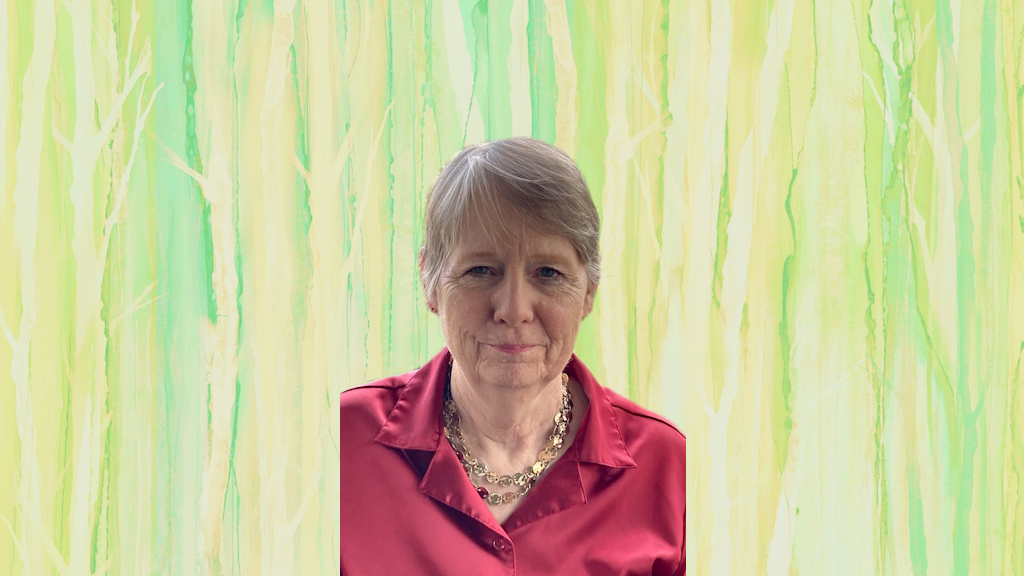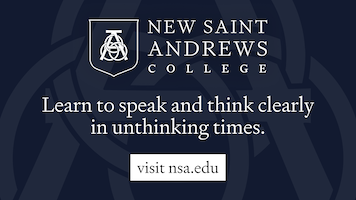By Dree Eno
Last night I watched “Majority Rules” at The Flicks in Boise. This movie is a documentary to explain a new “reformed” way to vote. “Open Primaries” which is really “Top 4 Primaries”, and Ranked Choice Voting, will bring a “new wave of vote reform” that is currently sweeping across the nation and bring previously silenced voices into the voting process.
Let’s pretend that the current primary system is broken. According to the movie it is. Their description of broken being the fact that there is gridlock in our government. According to the movie, this gridlock is caused by the primary system in which the parties choose their candidates so that by the time the general occurs, in many states, the election is already decided. There is barely any mention of the differences in the parties and their philosophies of how government should work and what the goals of government should be. Let’s pretend that the majority of people just want the government to “work”, even though we aren’t quite sure what that means. The movie defined a working government by providing good roads and services; I supposed they meant welfare programs as they didn’t describe this. The movie said that everyone agrees that our children should have a good education, of course. No mention of the fact that members of our society have very different ideas on how these children should be educated and what constitutes a “good education”.
The movie followed the results of the new ranked choice voting process in Alaska. In a one-liner, the movie mentioned that the Democrat Congresswoman (Mary Peltola) who is currently in Washington, beat the two Republicans with 40% of the vote. This means that 60% of the voters voted Republican. They wanted Republican values and goals for their representative government. At this point, the movie takes a “let’s pretend approach”. Let’s pretend that the 40% of the voters who voted for the Democrat are the majority, because ranked choice voting split the Republican vote. Let’s pretend that there is no difference between what a Democrat Legislator will vote for and what a Republican Legislator will vote for. “Majority Rules.”
The movie focused on the personalities involved, not the ideas that they represented. Let’s pretend that the personalities of the politicians are more important than the ideals and goals they represent. While it’s a very cute fantasy, it’s not real. Those of us who know our politicians may have issues with their personalities. Strong idealists are often controversial people. They seem strident, they push for specific agendas. The reality is: you know where these people stand. If you agree with their goals for government, you tend to support them in spite of their personalities.
Aside from pretending that there’s no difference between Democrats and Republicans, let’s pretend that Ranked Choice Voting is not confusing. To prove this, the movie used the example of choosing from a menu of restaurant items. This is because we all know that choosing your next senator has no greater impact than choosing between Liver and Onions (really?) and Hawaiian Pizza. Now, perhaps independent voters put more thought into their food menu choices than their legislators. However, both Democrat and Republican primary voters put a lot more thought into it. This is because it affects their taxes, their businesses and their everyday lives. Perhaps that’s why primaries determine who will represent the party and the values that the members of the party feel are important. Reality check, Democrats and Republicans have different goals for government. They differ on spending, on the definition of liberty, on how our children should be educated and what they should be taught and a lot more. Of course there is gridlock! That is not the fault of the primary system.
Let’s pretend that the results of ranked choice voting really do represent what voters actually want. In Ranked Choice voting, how do I make my vote count toward the person I want to actually win? Do I put that person as my first choice? Maybe? Should I put that person as my second choice, so that when all the first choice votes are thrown out for someone else, my candidate gets their votes and my vote? How do I tell which of my four choices will actually go toward the candidate I want to win? Remember if my winner gets less than 50% of the vote, they start ranking. How do I tell when my ballot is “exhausted” and thrown out, which means my vote doesn’t count at all? Could my ballot be exhausted before we even get to the person I voted for to win? The answer is yes. That sounds very confusing indeed, but only if you care which candidate actually wins so let’s pretend we really don’t care who actually wins.
In the movie, they proudly displayed a bank of servers used for the Alaska Voting system. Ranked Choice voting is complex enough that while it is possible to hand count, it is inadvisable because it would take a very long time. The Idaho Secretary of State has already said that Proposition 1 would require all counties to use computers to vote. Let’s pretend that computer programs are always programmed perfectly, even when we’re not allowed to see the actual programming. Let’s pretend that these systems are inexpensive to purchase and maintain and that they never fail, especially in places like Alaska or Idaho where the environment is particularly hard on electronics. Let’s pretend that we will never need a vote audit again because with Ranked Choice Voting, that’s impossible. That’s a lot of pretending!
Here’s another big one, let’s pretend that independent voters should have the lion’s share of the voice in our electoral process because independent voters are “moderate” and because they are “suppressed”. Reality check: the reason they are in the minority is that their ideas are in the minority. Nothing is stopping them from becoming the majority except for their lack of ability to persuade the rest of us. Ranked Choice Voting promotes minority ideas by splitting the votes of the majority. See what happened in Alaska? 60% voted Republican, but the Democrat got in with 40% of the vote because they used “Open Primaries” (really Top 4 Primary) and Ranked Choice Voting and split the vote of the majority. Does that really count as a majority? Well, I guess it can if we’re pretending.
The movie waxed expansive on the fact that candidates who were running had to work harder than ever to gain the votes they needed to win. Wonderful, let’s pretend that matters. Did all that contact change the way the candidates voted once they got into office? Shall we ask the 60% of Republican voters in Alaska who now have a Democrat representative if she’s voting the way they would wish? Is she even leaning toward the Republican ideals of governing? Less spending? Pro-life? Fewer regulations? No Illegal immigration? No? How is this “majority rules?” I guess if we’re pretending…
One last thing, the movie made it quite clear, using actual former Idaho politicians, that people who believe like I do, are “extremists” and need to be silenced and that Ranked Choice Voting would achieve this. They were, in fact, quite proud of this. Let’s pretend that the ideals of pro-life, smaller government, greater freedom, better economic flexibility, less inflation, no illegal immigration are extreme. What if the majority of Idahoans agree with these ideals? Shouldn’t “Majority Rule?”
Dree Eno loves God, her family, and Israel. She is a grandmother and a semi-retired software developer. She’s not sure if she’s awash in grandchildren and playing with computers, or awash with computers and placing with grandchildren (and animals). Dree lives in Meridian, Idaho.













